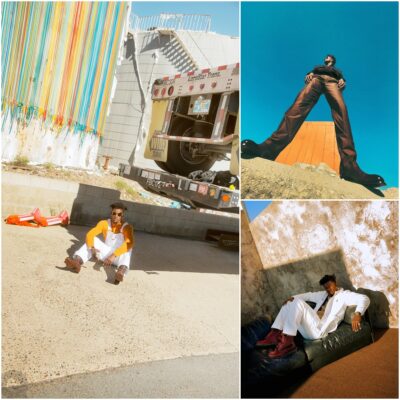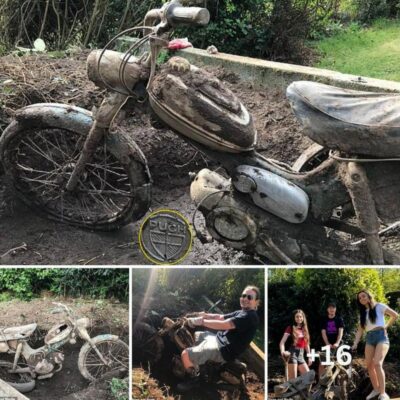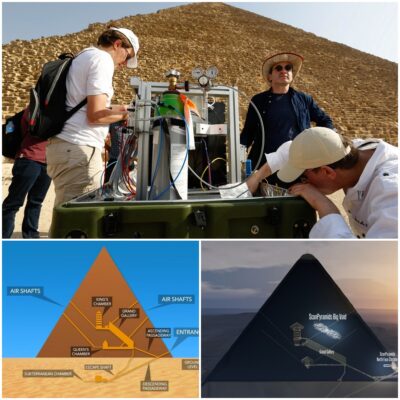According to the Internet, villagers picked up a lot of fifty taels of large silver ingots on the edge of the Minjiang River, and some suspects had picked up a hundred taels of large gold ingots when they passed through the Minjiang River on the way to escape. At this moment, a rumor spread. Some people say that there is a huge treasure buried in the Minjiang River.
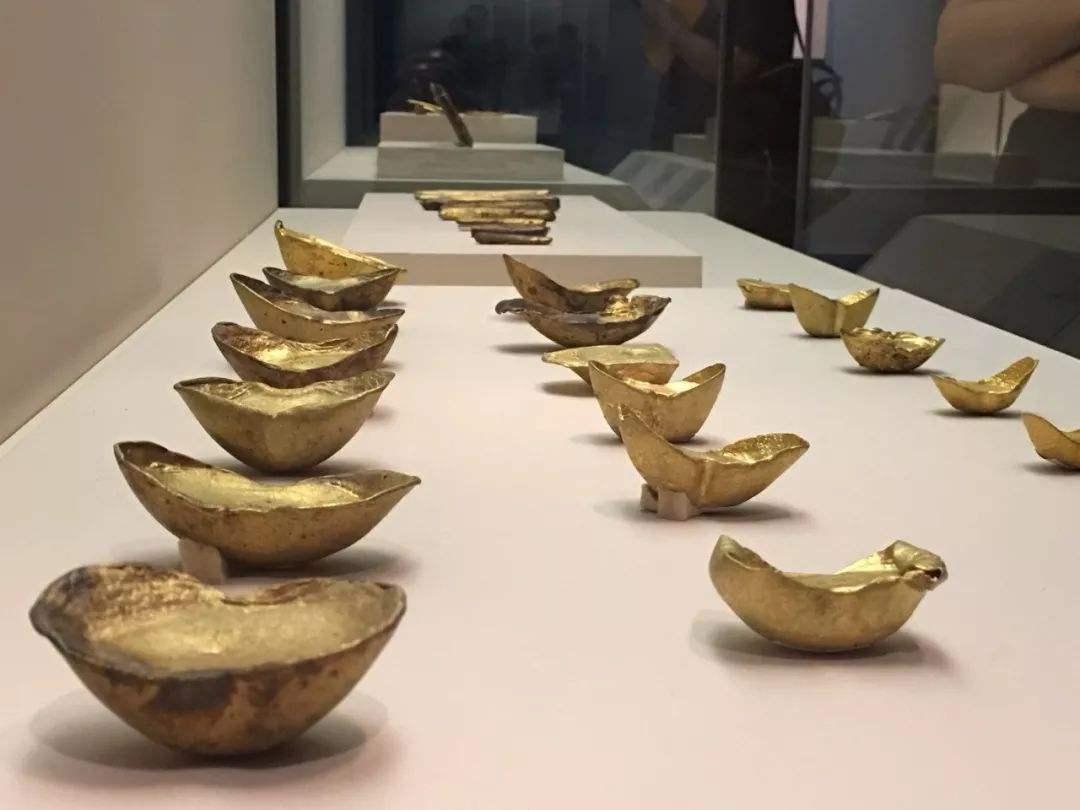
He was left by Zhang Xianzhong, a famous peasant leader in the late Ming Dynasty. Zhang Xianzhong once enthroned and proclaimed emperor in Sichuan and established the Daxi regime. He fought for many years and confiscated many valuable treasures. They were all buried in the Minjiang River by Zhang Xianzhong. Is this statement true?
How many treasures are buried underground in the Minjiang River? Explore the dusty mystery of the underground world, uncover layers of historical fog, and anecdotes from ancient and modern science. This issue of Kyushu Secret History will take you to find out.

At the end of 2019, the State Administration of Cultural Heritage, Sichuan Provincial Institute of Cultural Relics and Archaeology and other institutions formed a joint archaeological team to station in Jiangkou Town. After careful exploration, the starting point of the excavation was finally set at the mouth of the Minjiang River. On the third day that the archaeological team entered Jiangkou Town, the archaeological team found a stone tiger standing on a rock in the dense mountain forest to the north of the station, and a stone dragon was depicted on the cliff.
What is surprising is that the corresponding direction of this stone tiger and stone dragon is exactly towards the mouth of the Mingjiang River. What is even more incredible is that there is a stone carving hidden in the grass and trees not far to the south of the stone dragon and stone tiger, depicting the stone dragon and the stone tiger.
And Shilong and Shihu also happened to be facing the starting point of the excavation determined by the archaeological team. Is this really just a coincidence? Although the location of the discovery was determined, before it started, a big problem was faced. The treasure was buried in the Minjiang River in the dry season, although the amount of water was less than half of the rainy season.
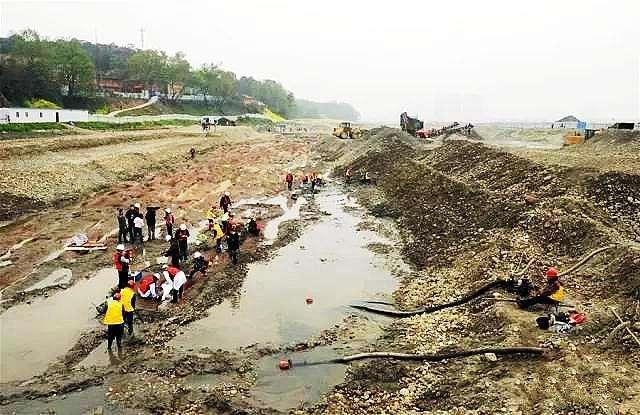
But the river is still wide, the current is still very turbulent, and the visibility is very low, ordinary underwater archaeology cannot be done here. The archaeological team finally decided to build a cofferdam and build a tidal flat for archeology, that is, to enclose 20,000 square meters of dripping liquid, and then use 20 high-horsepower pumps to drain the water inside.
Such a bold plan can be said to be unprecedented in the archaeological world. After Jiangmin will drain it, the pebbles on the riverbed are three meters thick, so the 20,000 square meters of work area cannot be very detailed excavation. , Need to plan out some key areas.
The archaeological team used various technological means to find places where treasures might be hidden underground. All the mud and sand that were cleaned up had to be filtered through a washing machine to prevent the small cultural relics from being overlooked. Archaeology on such a scale is an unprecedented installation both internationally and domestically.

But is it impulsive for the archaeological team to launch such a large-scale archaeological operation just based on the silver ingots picked up by the villagers? Are there any treasures at the bottom of the Minjiang River? How many treasures did you hide? At the Pengshan Cultural Relics Conservation Management Office, there are stored gold books, gold coins and silver coins picked up by the villagers from the bottom of the river. Experts estimate that the market value of all cultural relics has exceeded 300 million.
There is a folk song that has been circulated for 300 years in the local area. It says that many treasures hidden in the Minjiang River can be bought out of Chengdu Mansion. In this way, these two words may not be fictitious, and these treasures were left by Zhang Xianzhong, the leader of the peasant army in the last years of the Ming Dynasty.
In March 2003, the World Yearbook announced the mystery of Chinese treasures, including the treasures of the Tombs of Xixia Kings, the treasures of Loulan Kings, the treasures of Li Zicheng, the treasures of Zhang Xianzhong, and the treasures of Shidakai of the Taiping Heavenly Kingdom. Among them, Zhang Xianzhong’s treasure is the most treasured treasure, and the most sought-after treasure. According to estimates from the World Yearbook, Zhang Xianzhong’s number of treasures ranks third in the world and first in Asia.
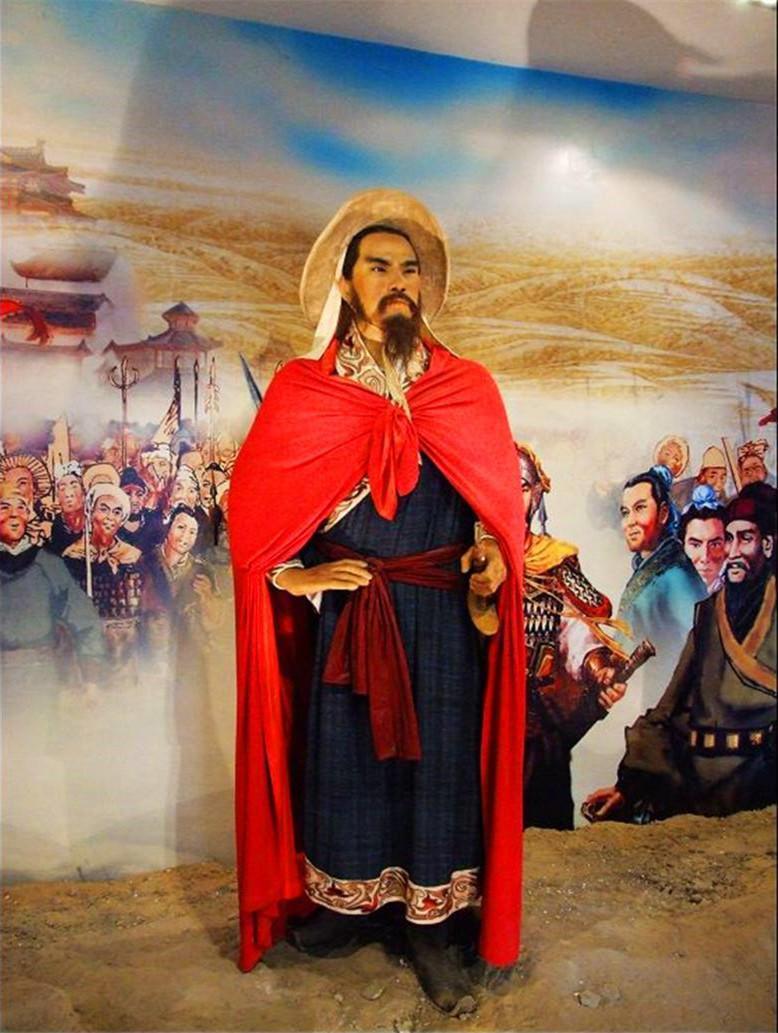
These rare treasures have been coveted for 300 years. However, is the person who hid the treasure in Minjiang really the Zhang Xianzhong recorded in the historical records? Zhang Xianzhong, leader of the peasant army at the end of the Ming Dynasty, fought on all sides at that time. But where did these huge military expenditures come from? Only looting.
In the beginning, Zhang Xianzhong’s looting objects were mostly Ming dynasty princes and officials. For example, in the survey collected by the Public Security Bureau, the Ming Dynasty emperor Zhu Yuanzhang and the eldest son of King Rong were mentioned. Obviously, this time Zhang Xianzhong snatched it from the princes of the Ming Dynasty. With the addition and subtraction of the war, Zhang Xianzhong has never let go of the nobles or ordinary people.
For example, after these piles of silver earrings are snatched by Zhang Xianzhong, they will be melted and made into silver ground that will keep the Great Western Kingdom running. During the transition period, how much treasure did Zhang Xianzhong hoard? The folk saying is that it is enough to buy the huge Chengdu Mansion. Zhang Xianzhong proclaimed the emperor in Chengdu, the Ming Dynasty officials naturally couldn’t tolerate it, and then the famous general Yang Zhan entered Chuan and defeated Zhang Xianzhong.
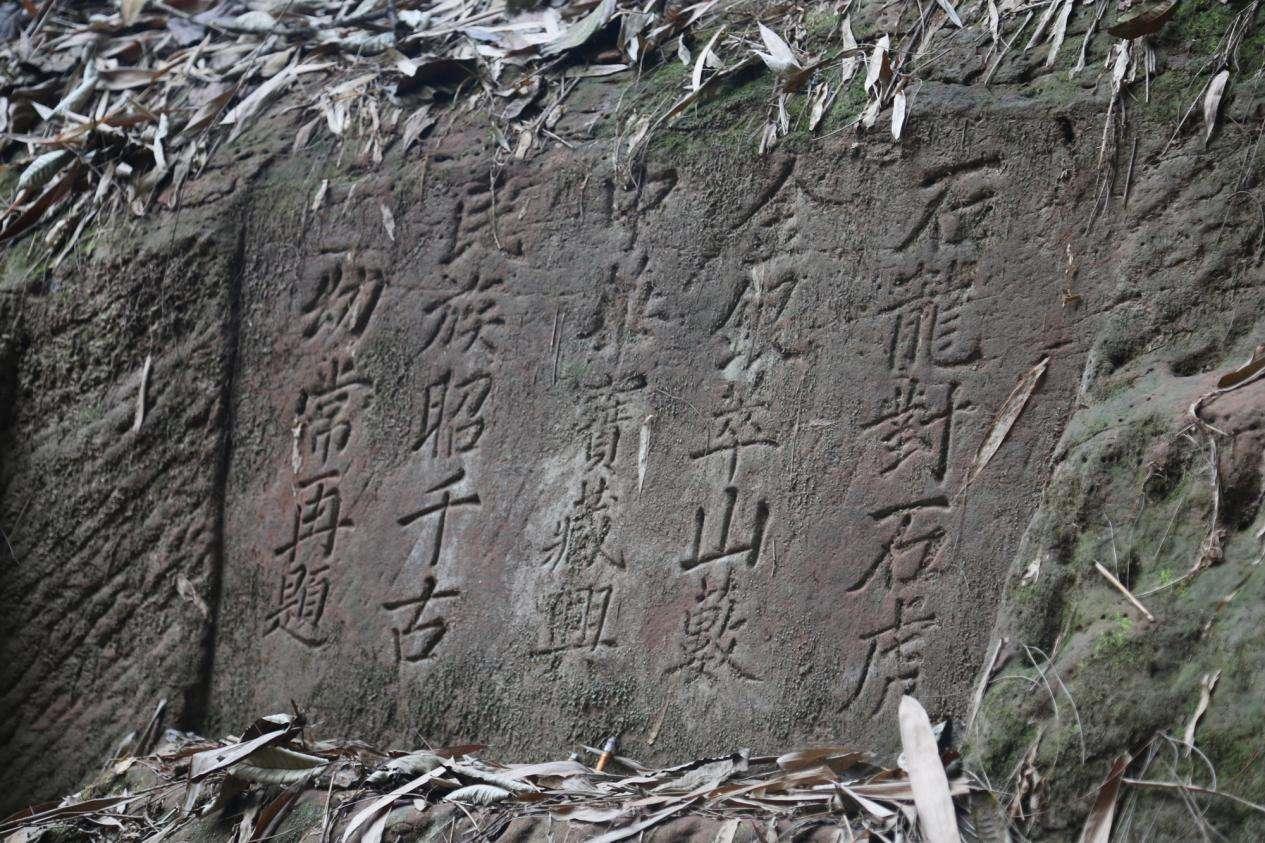
No way, Zhang Xianzhong can only give up Chengdu. After fleeing, Yang Zhan was in Minjiang. The ambush wiped out the fleet of Zhang Xianzhong carrying the treasures, but since Yang Zhan sank the fleet, Yang Zhan should have witnessed the sinking of the big ship carrying the treasures, but why is he indifferent to these huge treasures?
Perhaps only Yang Zhan knew about it. The cofferdam station is the largest tidal flat in history. Archaeology is in full swing, and the water in the excavation area has been drained. What the archaeologists did not expect was that while cleaning up the sand, surprises followed one after another. Gold books, gold bracelets, and gold ingots were unearthed one after another. The market value of this gold coin alone was several million.
The excavation area was drawn up with ropes and planned to explore the mud. After being cleared out, the priceless cornucopias reappeared. Wherever cultural relics appeared in the detective area, Zhang Xianzhong, who robbed of gold and silver, would be strictly recorded and unintentionally helped contemporary scholars a great favor. These scholars of gold and silver toilet seats provided great help in exploring the canonization system of the Ming Dynasty.
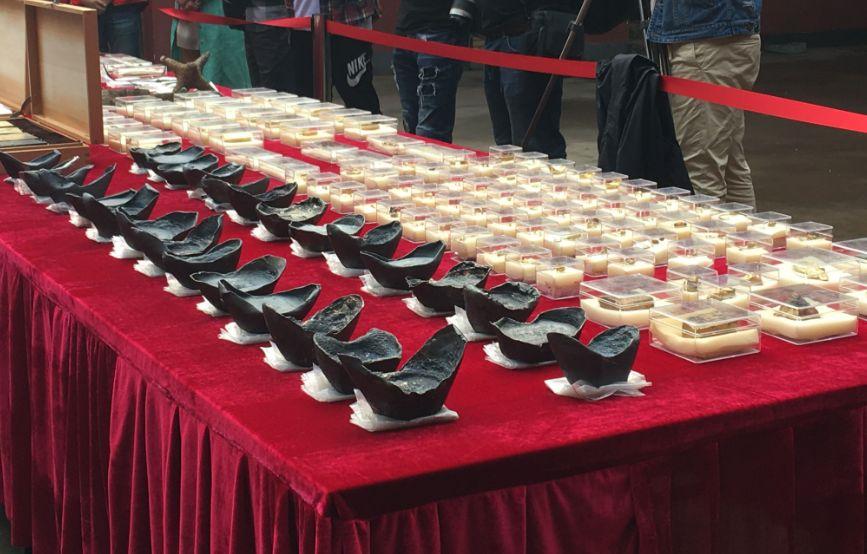
It is not too much to compare the section of the Minjiang River Estuary to a treasury. There are countless large and small golden nails unearthed from it. It is hard to imagine how many treasures Zhang Xianzhong had plundered for his own. The trenches seem to be precious pieces of gold, and the treasures buried in it are completely unknown. The number is too large, and the styles are also various.
300 years ago, these things had their own owners, but they never escaped Zhang Xianzhong’s plunder. In March 2017, the rainy season was approaching, and the archaeologists accelerated their excavations. At this moment, they suddenly discovered a piece of wood. Judging from the degree of water ingress, this piece of wood has been sinking at the bottom of the river for a long time. But why hasn’t a piece of log been washed away after so long?
It turns out that this log room is empty, and there are many clearly visible silver mirrors in it, there are about 20 in total. The site preparation Zhang Xianzhong ordered the wooden pole to be divided into two halves, and the middle was hollowed out to store the silver mirror. This kind of utensil is called a wooden sheath. The inside of the log is trimmed into a shape that matches the lake surface of the silver ingot, so that as many silver nails as possible can be stored.
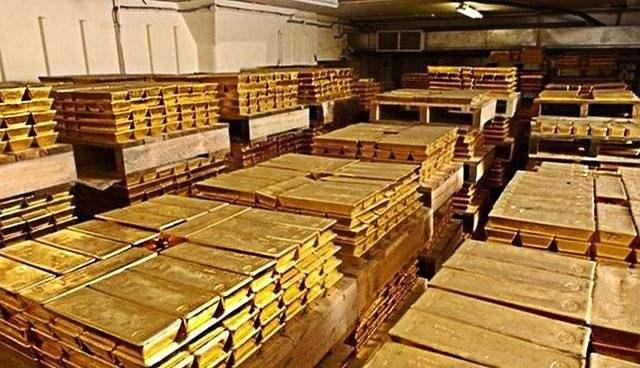
A wooden sheath can hold up to 20 silver ingots. The silver ingots scattered in the groove were originally contained in the wooden sheath. Most of the wooden sheath was damaged and separated from the silver ingots, and was washed away by the stream. It is hard to say that this kind of treasure ditch grass is more than 1,000 cultural relics confiscated by the public security bureau by the first expert, and the current value is estimated to exceed 300 million.
So how terrifying is the value of these more than 30,000 treasures unearthed from the bottom of the water? Perhaps these treasures are nothing to Zhang Xianzhong’s treasure, but it is gratifying that the archaeologists finally unveiled the mystery of Zhang Xianzhong’s treasure that has been dreaming of the world for more than 300 years.








